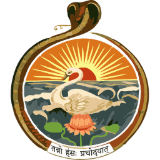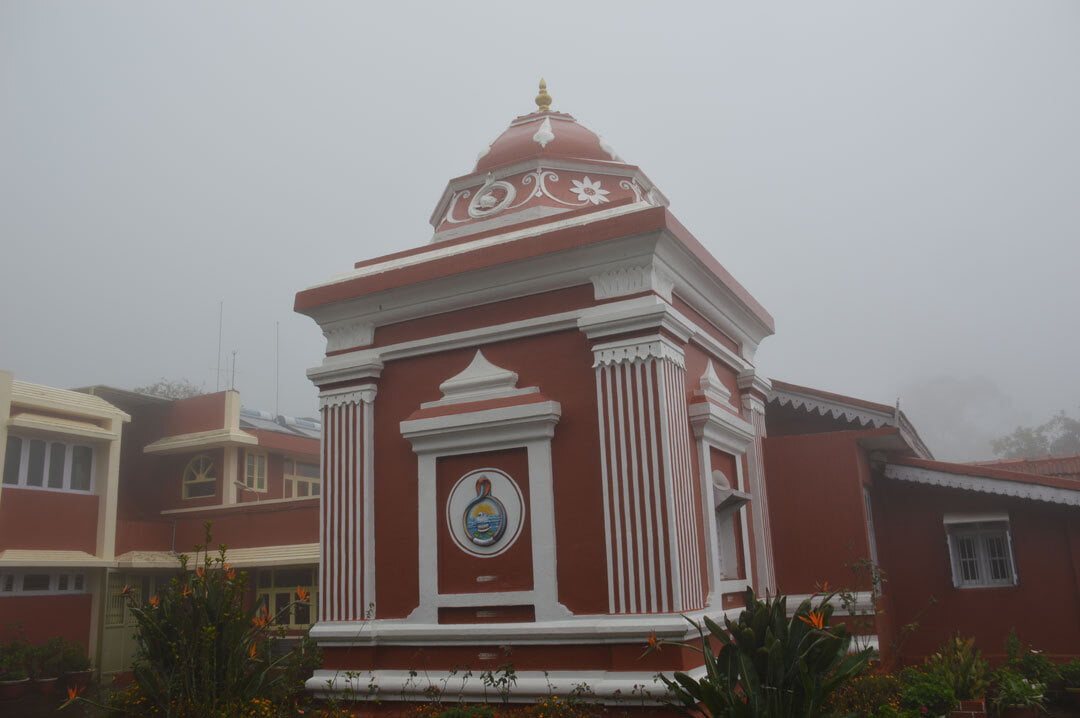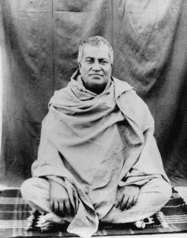History of Ooty Math
Nestled amidst the sylvan surroundings of the Nilgiris, the Ramakrishna Math, Ooty, is one of the oldest centers in South India. It became part of the R.K.Math in 1926, though started in 1924. It was meant to be a Retreat center and had an invaluable library.
Considering the spiritual atmosphere of the place Mahapurush Swami Shivanandaji Maharaj, a direct disciple of Sri RamaKrishna, who was recuperating in the Nilgiris after an illness wished to start a center in Ooty. His wish was fulfilled by a Divine act.
A so-called untouchable washer man donated 2 acres of land, after having a dream in which his favorite diety Sri Sri Mariamma appeared and said, “Look, some people will approach you for a piece of land on which to build a monastery, give them that land”. He had the dream on 3 consecutive nights.
He was waiting for them and when he met some people searching for a land to build a monastery he donated it. The person was Sri. Thiruvengadan Pillai of Kil Kodappamund.
Liberal subscription came from the local devotees and some rich people from Madras, Rajas of different provinces. Work was started by Swami Shivananda himself. The building had a shrine opening into a hall 20’x30’ and two living rooms flanked by a veranda and office, a separate kitchen block. It was surrounded by a beautiful garden, grass banks and trees. The sadhus carried out their spiritual and religious activities and also visited the Badaga Villages and educational institutions.
A very significant and attractive event is the observation of public celebrations of the birthdays of the Holy Trio. It attracts large crowds from all over Nilgiris. The program consists of Puja, bhajan, public meeting, cultural presentation and Annadanam. The event still continues.
The consecration ceremony took place on 24/09/1926. The pictures of the Holy Trio was ceremoniously brought in procession amidst Vedic Chanting from Godavari House to the new building and installed. On that day Swami Yatiswaranandaji and a host of others were present.
Srimath Swami Vijnananandaji, another illustrious disciple of Sri Ramakrishna and 4th president of the order visited Ooty in 1931.
J.J Goodwin, stenographer by profession to whom we owe much for making available many of Swami Vivekananda’s previous lectures which now form part of Swamiji’s 9 volumes of complete works, came to ooty for rest and recuperation but passed away at the young age of 28 on 02/06/1898. His mortal remains were interred at the St. Thomas church Cemetry, Ooty.
Way back in 23/04/1967, the Ooty Ashrama did him honor by a reverent dedication of his tomb by most Rev. Dr. Lakdasa de Mel, Lord Bishop of Calcutta and Metropolitan of India, Pakistan, Burma and Ceylon. The tomb 10’ high is made of polished grey granite is a conically shaped pillar and marble cross embedded & on the marble tablet the poem Requiescat in pace written by Swami Vivekananda engraved.
Swami Ranganathanandaji the then secretary presided over the function




 Ooty is also the resting place of Swami Vivekananda’s Stenographer JJ Goodwin. Bhagavan Sri Krishna taught the immortal Bhagvad Gita to Arjuna, his friend and disciple, for a specific purpose; and it was Vyasa who preserved it to the world. In our times, as well, Sri Ramakrishna just gave out his remarkably illuminating and universal teachings to the devotees who sat at his feet. If they have reached posterity in any measure, it is due to the diaries of his faithful disciple ‘M’, who recorded the talks he happened to hear. In case of Swami Vivekananda too it is to an intermediary that we owe the record of most of his great Vedantic and Patriotic lectu res that have opened a new era not only in Indian cultural life but also in the world. It was providential that Mr.J.J Goodwin was engaged for steno graphing Swamiji’s speeches.
Ooty is also the resting place of Swami Vivekananda’s Stenographer JJ Goodwin. Bhagavan Sri Krishna taught the immortal Bhagvad Gita to Arjuna, his friend and disciple, for a specific purpose; and it was Vyasa who preserved it to the world. In our times, as well, Sri Ramakrishna just gave out his remarkably illuminating and universal teachings to the devotees who sat at his feet. If they have reached posterity in any measure, it is due to the diaries of his faithful disciple ‘M’, who recorded the talks he happened to hear. In case of Swami Vivekananda too it is to an intermediary that we owe the record of most of his great Vedantic and Patriotic lectu res that have opened a new era not only in Indian cultural life but also in the world. It was providential that Mr.J.J Goodwin was engaged for steno graphing Swamiji’s speeches.
